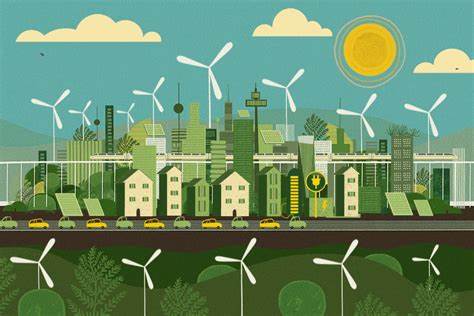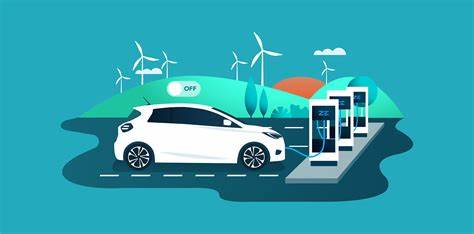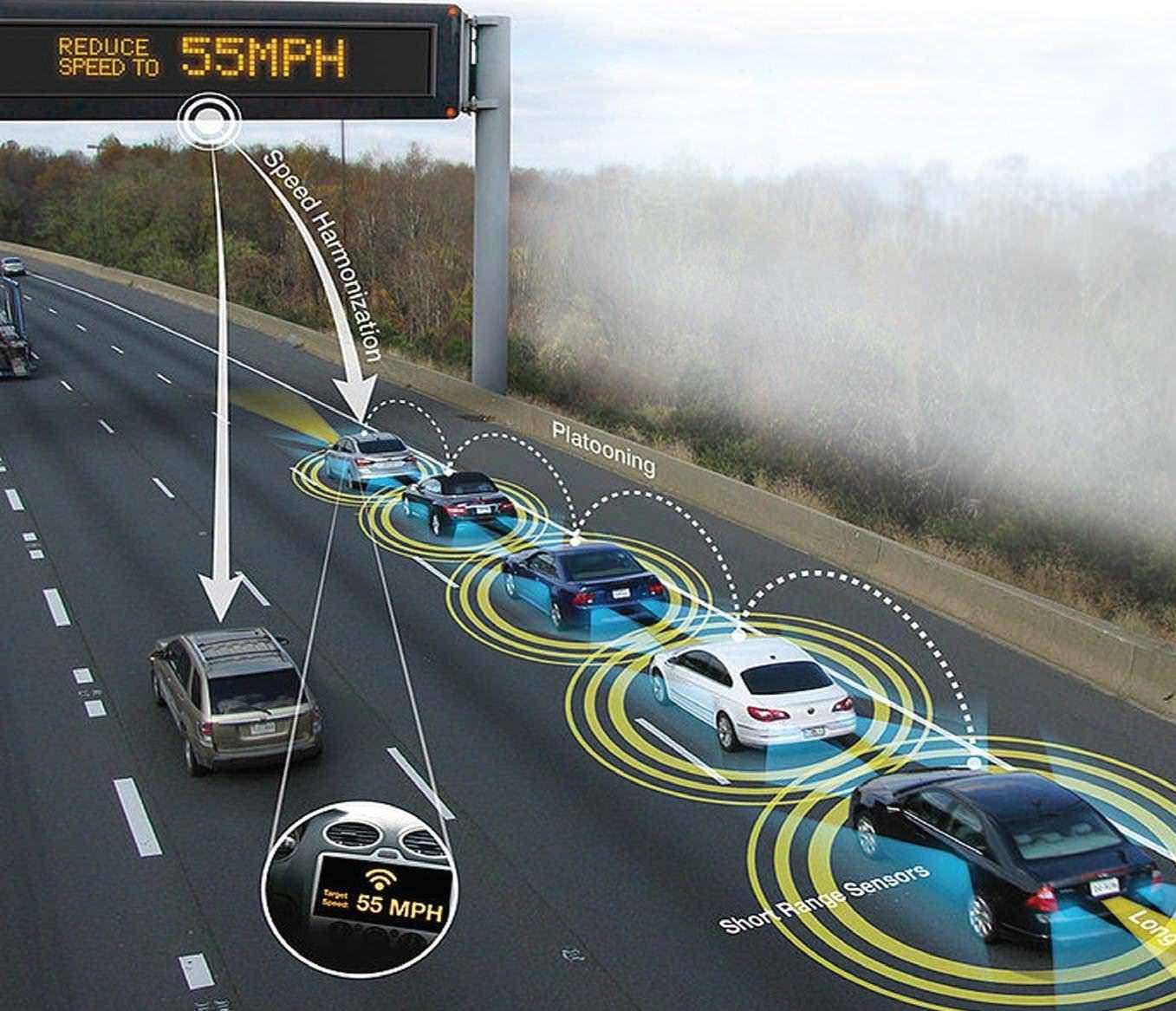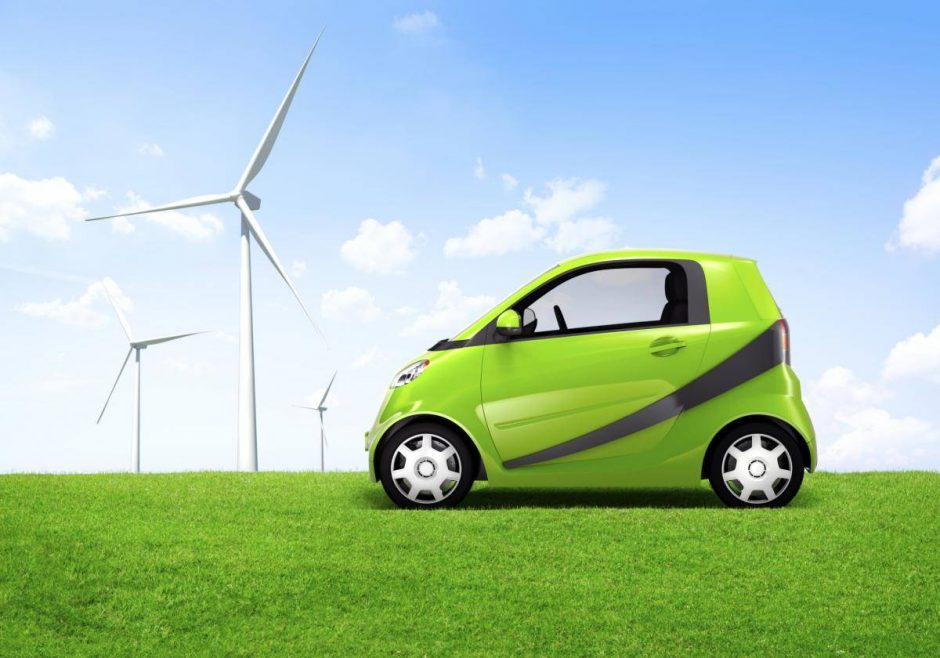
Introduction: The Power of IoT: Revolutionizing Eco Vehicles for a Sustainable Future
In today’s rapidly evolving world, the concept of the Internet of Things (IoT) has gained substantial traction. This article explores the integration of IoT in eco vehicles and its potential to enhance sustainability efforts. By connecting devices and leveraging real-time data, IoT technology has the power to revolutionize the automotive industry and pave the way for a greener future.
Historical Background: The Evolution of IoT and Eco Vehicles: A Journey Towards Sustainability
To understand the significance of IoT in eco vehicles, it is crucial to delve into the historical background. The IoT concept originated in the early 1990s, primarily focusing on connecting everyday objects to the internet for enhanced functionality. Over time, this technology found its way into the automotive industry, leading to the development of eco vehicles that prioritize sustainability.
Key Concepts and Definitions: Unraveling the Core Concepts of IoT and Eco Vehicles
Before diving deeper into the discussion, let’s define the key concepts. IoT refers to the network of interconnected devices that can communicate and share data. In the context of eco vehicles, IoT plays a pivotal role in connecting various components, including vehicles, infrastructure, and other devices.
Eco vehicles, on the other hand, are designed with the objective of reducing carbon emissions and minimizing environmental impact. These vehicles employ innovative technologies and alternative fuels to enhance energy efficiency and promote sustainable transportation. Sustainability, in this context, refers to the ability to meet present needs without compromising the ability of future generations to meet their own.

Main Discussion Points: Integration of IoT in Eco Vehicles
Unleashing the Potential
IoT technology enables seamless connectivity between eco vehicles, infrastructure, and other devices. Through real-time data exchange, IoT ensures a smooth and efficient operation of these vehicles. Additionally, it promotes intelligent traffic management, reducing congestion and improving overall road safety. Moreover, IoT integration allows for remote monitoring and maintenance, enhancing vehicle performance and longevity.
The benefits of IoT integration in eco vehicles extend beyond operational efficiency. By optimizing energy usage and reducing fuel consumption, IoT plays a significant role in improving energy efficiency. This, in turn, leads to reduced carbon emissions and a positive environmental impact. Furthermore, IoT enables predictive maintenance, minimizing breakdowns and maximizing the lifespan of eco vehicles.
Data Collection and Analysis: Unlocking Insights for Sustainability
IoT empowers eco vehicles to collect real-time data on various parameters, such as energy usage, vehicle performance, and environmental conditions. This data serves as a valuable resource for optimizing vehicle operations and minimizing environmental impact. For instance, sensors installed in eco vehicles enable the collection of data related to energy consumption and emission levels, providing valuable insights for sustainability initiatives.
Data analysis plays a vital role in converting raw data into actionable insights. By leveraging advanced analytics tools and machine learning algorithms, eco vehicle manufacturers and stakeholders can identify patterns, trends, and anomalies. This analysis helps in making informed decisions to improve vehicle performance, reduce emissions, and enhance overall sustainability.
Smart Infrastructure and Charging Stations: Enabling Sustainable Transportation
IoT technology has paved the way for the development of smart infrastructure to support eco vehicles. Connected traffic management systems, smart charging stations, and intelligent parking solutions are just a few examples of how IoT enhances sustainable transportation. By integrating IoT into infrastructure, it becomes possible to optimize traffic flow, reduce energy consumption, and minimize carbon footprints.
Smart charging stations, enabled by IoT, play a crucial role in supporting the widespread adoption of electric vehicles. These stations not only provide convenient charging options but also optimize energy usage and minimize strain on the power grid. With IoT connectivity, charging stations can communicate with vehicles, ensuring seamless charging experiences and maximizing energy efficiency.

Case Studies or Examples: Real-World Applications of IoT in Eco Vehicles
To further illustrate the power of IoT in eco vehicles, let’s explore a few real-world examples. Company X has integrated IoT technology into their fleet of electric buses. Through real-time data collection and analysis, they have optimized routes, reduced energy consumption, and improved passenger experience. Similarly, Company Y has leveraged IoT to create a connected charging infrastructure for electric vehicles, ensuring efficient energy usage and minimizing environmental impact.
Current Trends or Developments: Advancements in IoT Technology for Eco Vehicles
IoT technology continues to evolve, bringing forth new possibilities for eco vehicles. Recent advancements include the integration of artificial intelligence and machine learning algorithms to enhance vehicle autonomy and energy efficiency. Additionally, the emergence of 5G networks promises faster and more reliable connectivity, enabling real-time communication between vehicles, infrastructure, and other devices.

Challenges or Controversies: Navigating the Roadblocks of IoT in Eco Vehicles
The implementation of IoT in eco vehicles and sustainability initiatives is not without its challenges. One significant challenge is the development of standardized protocols that enable seamless communication between different IoT devices and systems. Additionally, concerns surrounding data privacy and security in IoT-enabled vehicles need to be addressed to ensure consumer trust and acceptance.
Future Outlook: Unleashing the Potential: The Future of IoT and Eco Vehicles
Looking ahead, the future implications of IoT and eco vehicles are immense. With continued advancements, we can expect increased connectivity, enhanced energy efficiency, and reduced environmental impact. Innovations in IoT technology, coupled with supportive policies and investments, will drive the transition towards a more sustainable mobility ecosystem.
Conclusion: The Power of Connectivity: IoT and Eco Vehicles Driving Sustainability
In conclusion, the integration of IoT in eco vehicles has the potential to revolutionize the automotive industry and enhance sustainability efforts. By connecting devices, collecting and analyzing real-time data, and enabling smart infrastructure, IoT empowers eco vehicles to achieve optimal energy efficiency and reduce environmental impact. As we move towards a greener future, the role of IoT in eco vehicles will continue to grow, shaping the mobility landscape and fostering sustainable transportation.






